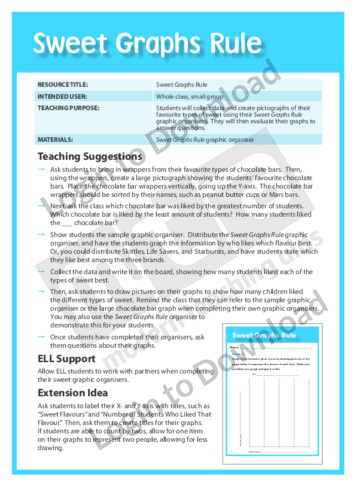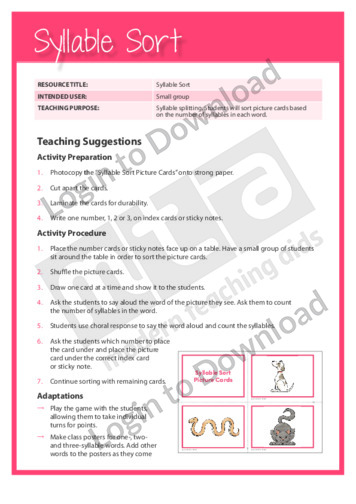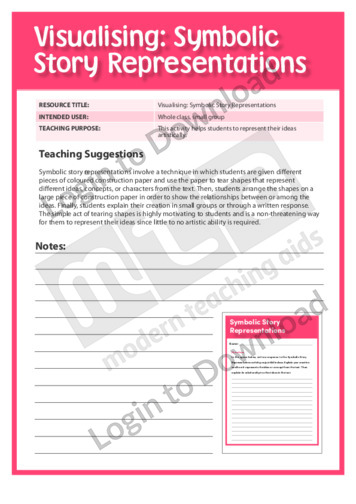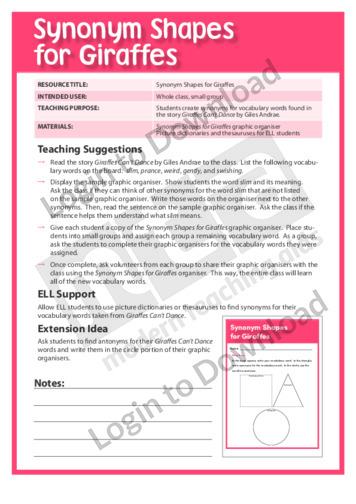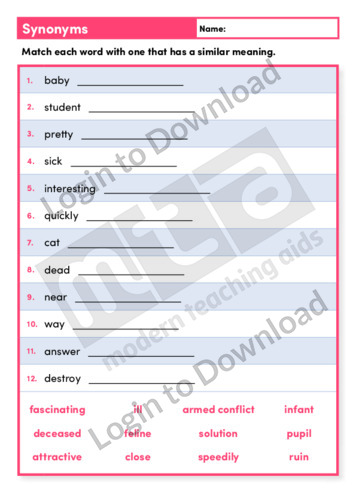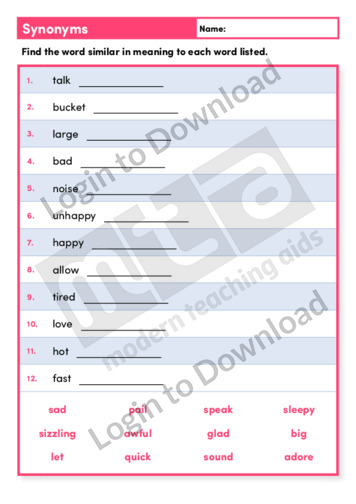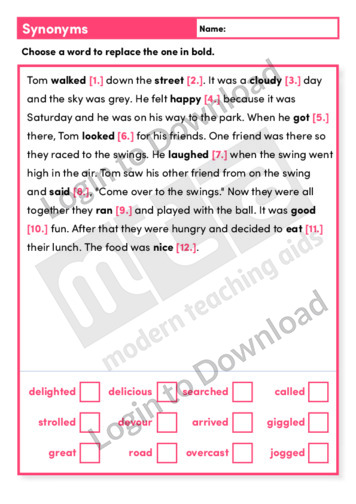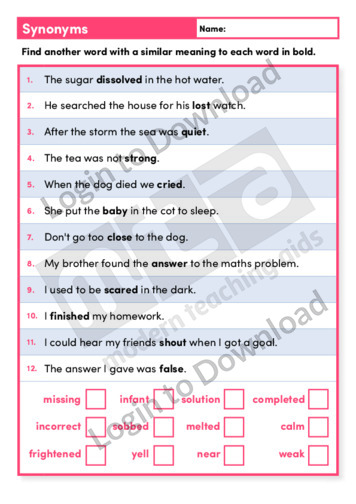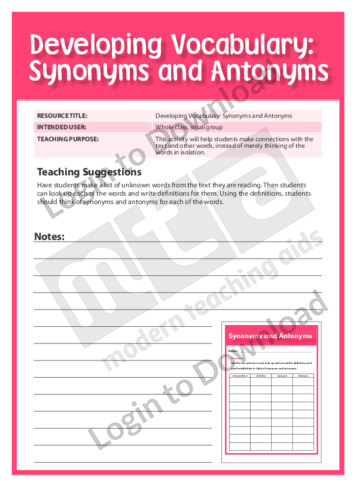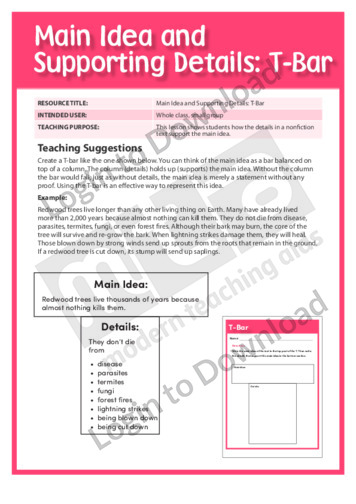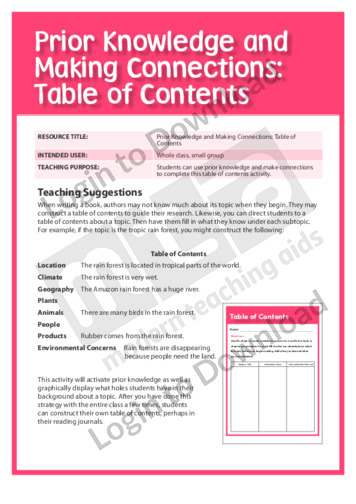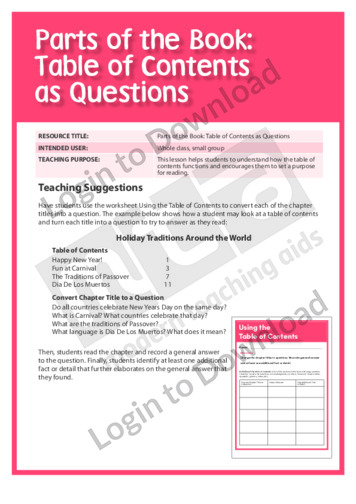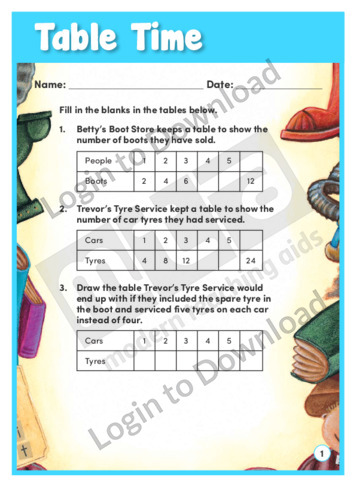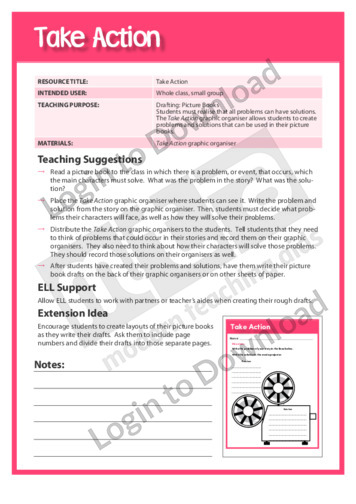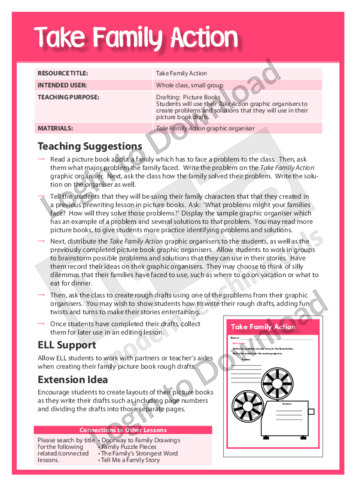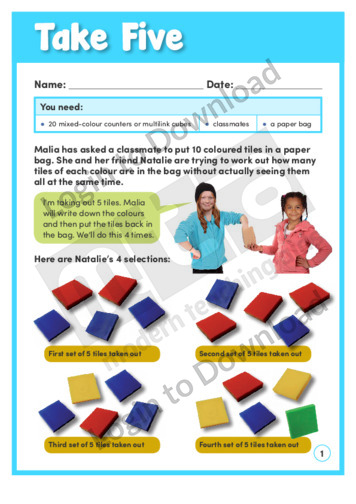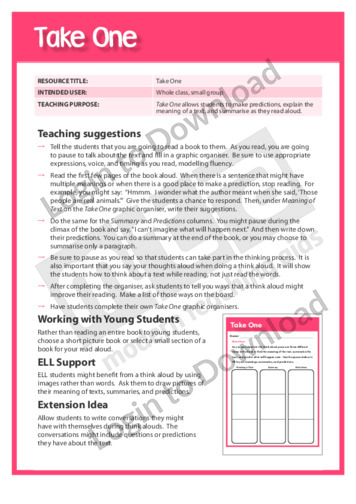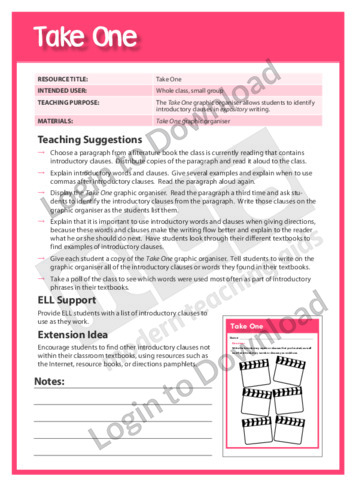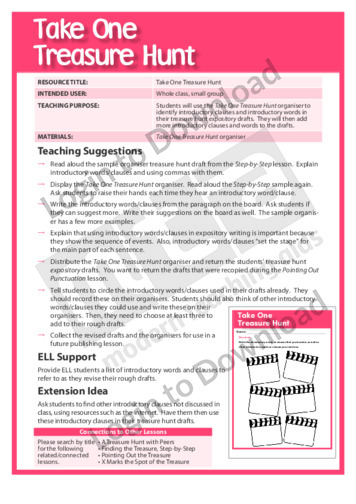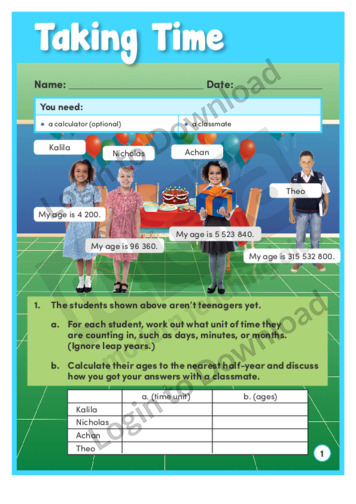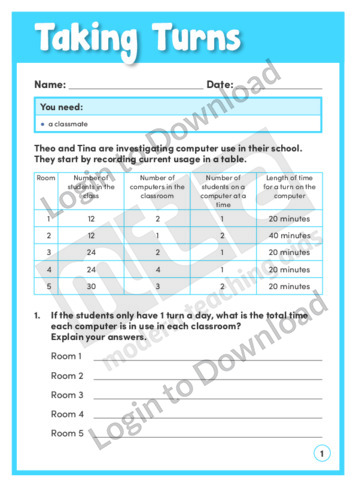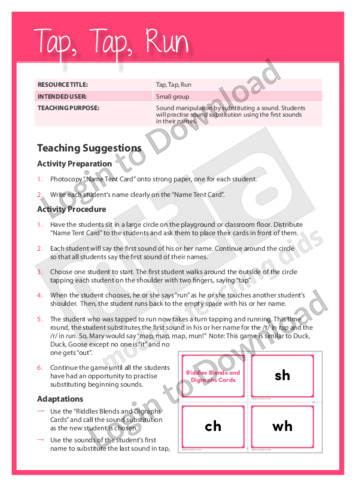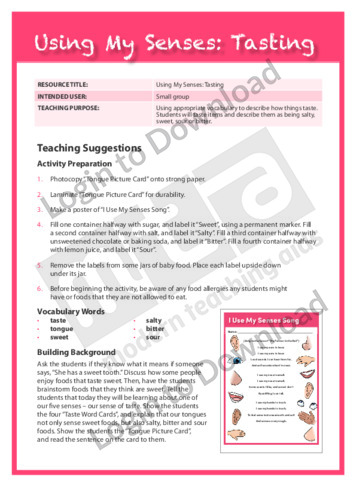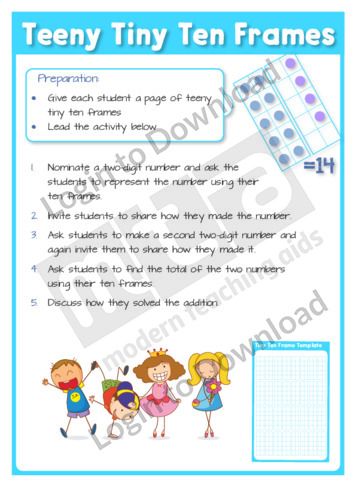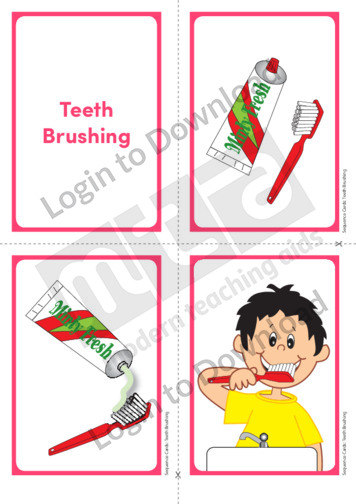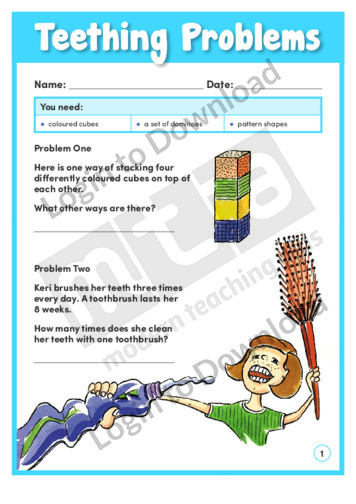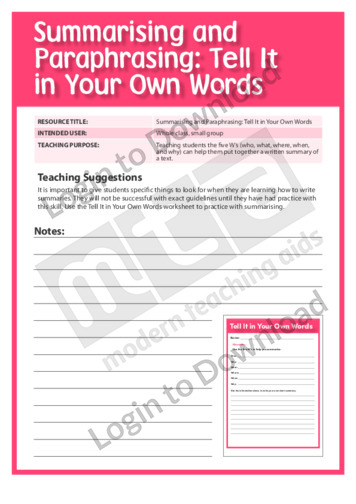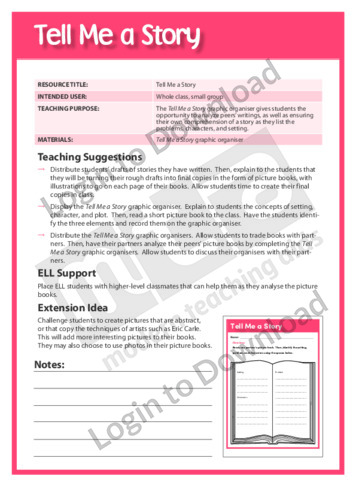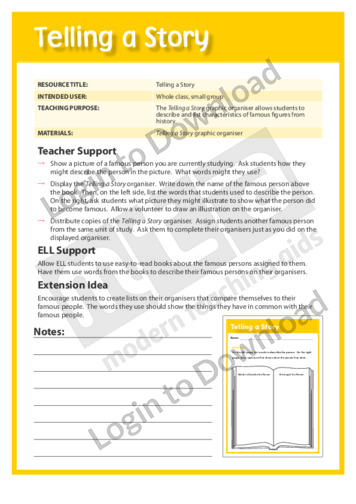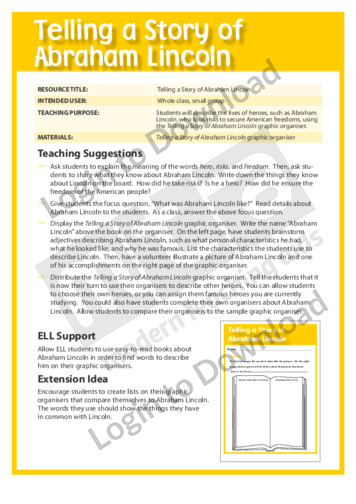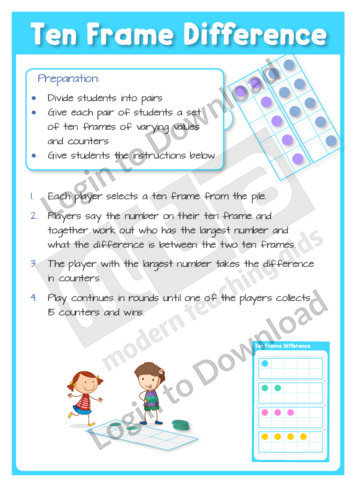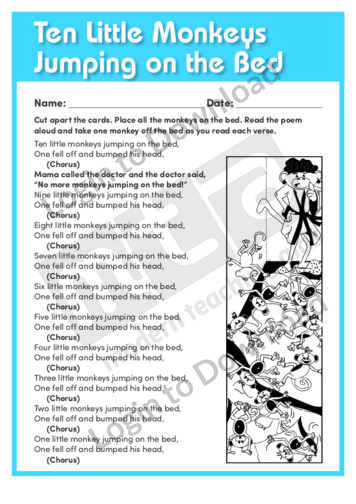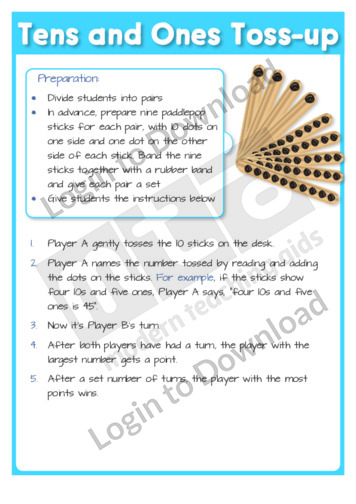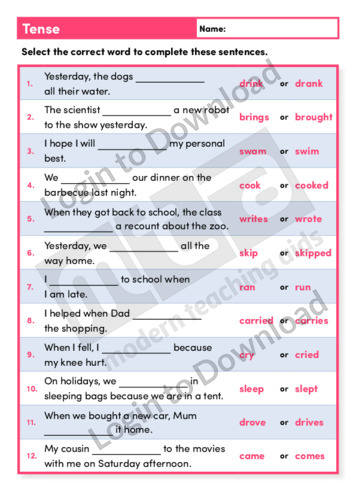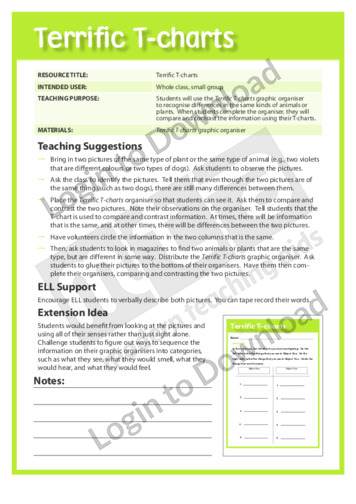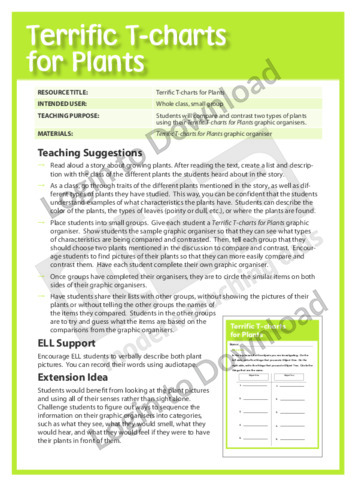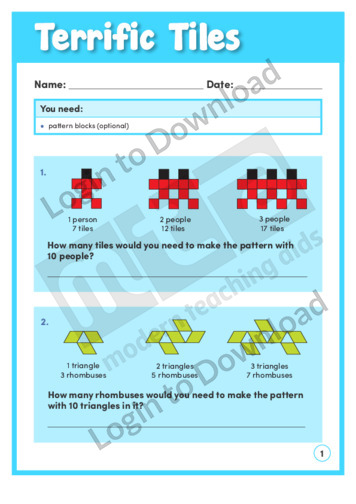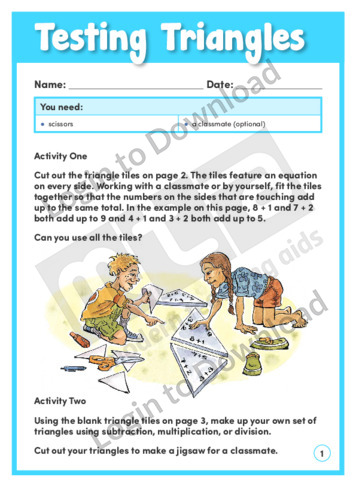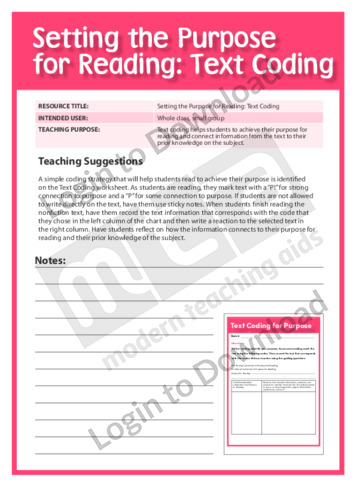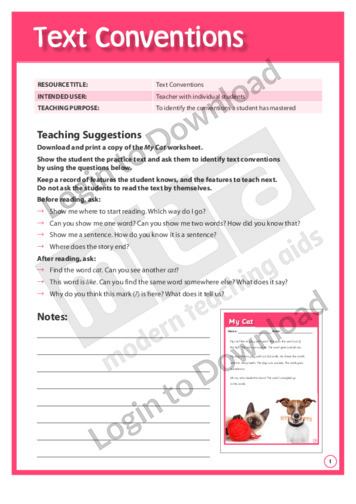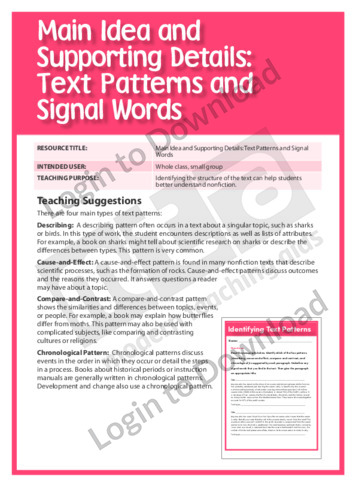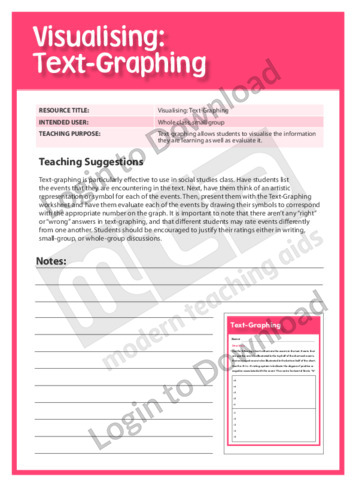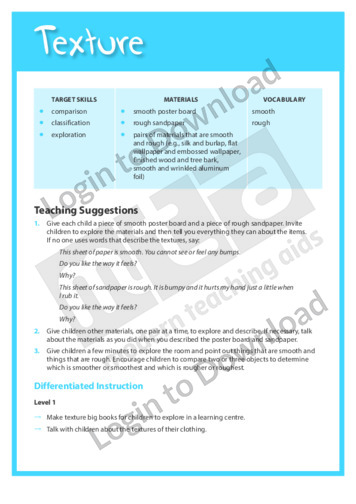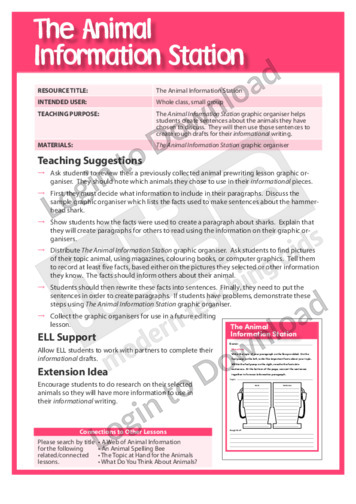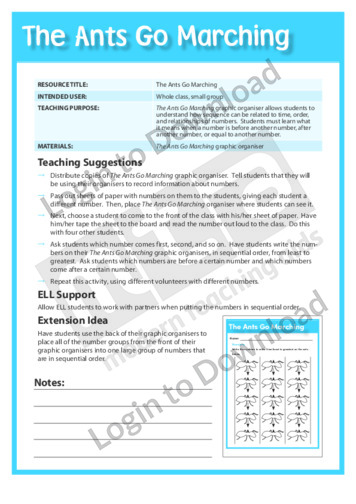This graphic organiser, ‘Sweet Graphs Rule’ helps students to collect data a create pictographs of their favourite sweet.
This phonemic awareness activity, ‘Syllable Sort’ supports language development by encouraging students to sort picture cards based on the number of syllables in each word. It is aimed at developing students’ awareness of syllable splitting. It provides syllable sort picture cards.
This content area reading learning activity, ‘Symbolic Story Representations,’ helps students represent their ideas artistically. It involves a technique in which students are given different pieces of coloured construction paper and use the paper to tear shapes that represent different ideas, concepts or characters from the text.
This graphic organiser, ‘Synonym Shapes’ supports students to create synonyms for vocabulary words.
This graphic organiser, ‘Synonym Shapes for Giraffes’ supports students to create synonyms for vocabulary words found in the story ‘Giraffes Can’t Dance’
This vocabulary activity, ‘Synonyms’ supports vocabulary development by encouraging students to match words with others that have the same meaning.
This vocabulary activity, ‘Synonyms’ supports vocabulary development by encouraging students to match words with others that have the same meaning.
This vocabulary activity, ‘Synonyms’ supports vocabulary development by encouraging students to match words with others that have the same meaning.
This reading activity, ‘Synonyms’ provides opportunities for practice with choosing synonyms to replace words within the paragraph.
This vocabulary activity, ‘Synonyms’ supports vocabulary development by encouraging students to match words with others that have the same meaning.
This content area reading learning activity, ‘Synonyms and Antonyms,’ helps students make connections with the text and other words. It has students look up definitions for unknown words and then write synonyms and antonyms for each word.
This content area reading learning activity, ‘T-Bar,’ shows students how the details in a nonfiction text support the main idea. It encourages students to think of the main idea as a bar balanced on top of a column, and the column (details) holds up (supports) the main idea.
This content area reading learning activity, ‘T-Chart,’ encourages students to find the main idea and supporting details in a text. It is aimed at enhancing students’ comprehension of the text by having them use a chart to organize the main ideas.
This content area reading learning activity, ‘Table of Contents,’ helps students use the table of contents to locate information. It is aimed at enhancing students’ comprehension of a text by having them find facts using the table of contents.
This content area reading learning activity, ‘Table of Contents,’ helps students make connections and activate prior knowledge. It has students look at a table of contents about the topic they will be reading about and then record what they know under each subtopic.
This content area reading learning activity, ‘Table of Contents,’ helps students develop an understanding of the purpose and features of the table of contents. It encourages students to use information from the table of contents to make predictions about what the book or chapter will be about.
This content area reading learning activity, ‘Table of Contents as Questions,’ helps students develop an understanding of the purpose and features of the table of contents. It is aimed at helping students understand how the table of contents functions and encourages them to set a purpose for reading.
This learning activity, ‘Table Time’, features tables of boots sold, tyres serviced, books given away, and theatre tickets sold. Students use the tables to organise number sequences and find patterns. An answer sheet is provided and includes teaching notes with suggestions for supporting learning and further exploration.
This graphic organiser, ‘Take Action’ supports students in developing problem and solution scenarios to make their writing interesting.
This graphic organiser, ‘Take Family Action’ supports students in developing problem and solution scenarios to make writing about their family interesting.
This learning activity, ‘Take Five’, explores probability, sampling, and variation. Students take a series of coloured tiles from a bag and use these samples as the basis for predictions about the unseen contents of the bag. An answer sheet is provided and includes teaching notes with suggestions for supporting learning and further exploration.
This graphic organiser, ‘Take One’ allows students to make predictions, explain the meaning of a text and summarise as they read aloud.
This graphic organiser, ‘Take One’ supports students in developing their writing skills by identifying introductory words and clauses in expository writing.
This graphic organiser, ‘Take One for the Pigeon’ asks students to participate in a think-aloud using the story, The Pigeon Finds a Hot Dog! to demonstrate their comprehension of the texts.
This graphic organiser, ‘Take One Treasure Hunt’ supports students in developing their writing skills by identifying introductory words and clauses in their own expository writing.
In this learning activity, ‘Taking Flight’, students follow Lola’s line-dancing plan and work out how many repetitions are needed to return to the starting place. A second activity involves drawing the flight paths of everyday objects such as a paper aeroplane. An answer sheet is provided and includes teaching notes with suggestions for supporting learning …More
In the learning activity, ‘Taking Time’, students are challenged to find different units for calculating ages, using months, weeks, days, minutes and seconds. They also have to express ages in centuries and millennia. An answer sheet is provided and includes accompanying teaching notes with suggestions for supporting learning and further exploration.
In ‘Tally Ho!’, Annika and John use tally charts to record what their classmates buy for lunch. When they compare it to last year’s data, there are some significant differences. The learning activity asks students to analyse the data and deduce the reasons for the changes. An answer sheet is provided and includes teaching notes …More
This phonemic awareness activity, ‘Tap, Tap, Run’ supports language development by encouraging students to practise sound substitution using the first sounds in their names. It is aimed at developing students’ awareness of sound manipulation by substituting a sound. It provides blends and digraphs cards.
This Beginning Maths activity, ‘Taste Test’ encourages students to explore, compare and classify the different flavours and textures of a variety of foods.
This vocabulary development activity, ‘Using My Senses: Tasting’ supports vocabulary development by encouraging students to taste items and describe them as being salty, sweet, sour or bitter. It is aimed at helping students use words to describe how things taste. It provides a senses song chart, taste word cards and a tongue picture card.
This maths activity, ‘Teeny Tiny Ten Frames’ develops basic maths skills by encouraging students to practise number recognition, counting and addition as part of a ten-frame game. It includes a template of teeny tiny ten frames to be distributed to each student.
Does too much TV make students tired? In this learning activity, ‘Television Times’ two students gather and use data to answer this question. This learning activity asks students to use the data to generate more questions. In a second activity, students can gather and analyse data from their class. An answer sheet is provided and …More
This content area reading learning activity, ‘Tell It in Your Own Words,’ helps students write a summary of a text. It is aimed at developing students’ skills in summarising by teaching them the five W’s (who, what, where, when and why).
This graphic organiser, ‘Tell Me a Family Story’ supports students in identifying setting, characters and problems in their peers family picture books.
This graphic organiser, ‘Tell Me a Story’ supports students in identifying setting, characters and problems in stories.
This graphic organiser, ‘Telling a Story’ supports students to describe and list characteristics of famous figures from history.
This graphic organiser, ‘Telling a Story of Abraham Lincoln’ supports students to describe and list characteristics of Abraham Lincoln.
This maths activity, ‘Ten Frame Difference’ develops basic maths skills by encouraging students to practise counting and subtraction as part of a ten-frame game played in pairs. It includes ten frames and counters to be distributed to each pair.
This subtraction learning activity, ‘Ten Little Monkeys Jumping on the Bed’ asks students to practise with subtraction.
This maths activity, ‘Tens and Ones Toss-up’ develops basic maths skills by encouraging students to practise using two-digit numbers as part of a game played in pairs.
This reading activity, ‘Tense’ provides opportunities for practice with identifying the correct tense to complete the sentences.
This graphic organiser, ‘Terrific T-Charts’ allows students to recognise differences in the same kind of animals or plants and compare and contrast the information.
This graphic organiser, ‘Terrific T-Charts for Plants’ allows students to recognise differences in two types of plans then compare and contrast the information.
This learning activity, ‘Terrific Tiles’ can also be used as an engaging hands-on activity. It asks students to use tiles to replicate and expand patterns and then to identify rules for continuing each pattern. An answer sheet is provided and includes accompanying teaching notes with suggestions for supporting learning and further exploration.
In this learning activity, ‘Testing Triangles’, students must arrange the supplied set of triangles so that matching equations sit together. Students can then create their own equation jigsaw using the supplied blank triangles. The accompanying teaching notes provide suggestions for supporting learning.
This content area reading learning activity, ‘Text Coding,’ helps students identify important information. It is aimed at developing students’ skills in summarising by having them code text information as they read.
This content area reading learning activity, ‘Text Coding,’ helps students achieve their purpose for reading. It is aimed at helping students connect information from the text to their prior knowledge on the subject.
This reading comprehension activity, ‘Text Conventions’ informs teaching by identifying students’ understanding of some of the conventions of written language. It is aimed at developing students’ awareness of different text conventions.
This content area reading learning activity, ‘Text Patterns and Signal Words,’ helps students identify the structure of a nonfiction text. It teaches them about the four main types of text patterns: describing, cause-and-effect, compare-and-contrast and chronological.
This content area reading learning activity, ‘Text Response Centres,’ helps students create different types of responses to texts. It has students rotate five text response centres to create lasting impressions of text.
This content area reading learning activity, ‘Text-Graphing,’ helps students visualise and evaluate the information they are learning. It has students use a chart to illustrate the events in the text, and then evaluate the degree of positive or negative associated with the event.
This Beginning Maths activity, ‘Texture’ encourages students to explore, compare and describe textures of materials.
This Readers Theatre activity, ‘The Alaskan Wilderness’ encourages students to summarise and paraphrase information given in the text. It also builds reading fluency. This activity includes a script for 7 readers.
This graphic organiser, ‘The Animal Information Station’ supports students in developing their writing skills, focusing on sentence and paragraph structure as they write an informational piece about animals.
This graphic organiser, ‘The Ants Go Marching’ supports students to understand how sequence can be related to time, order and relationship of numbers.
It�s that easy!

